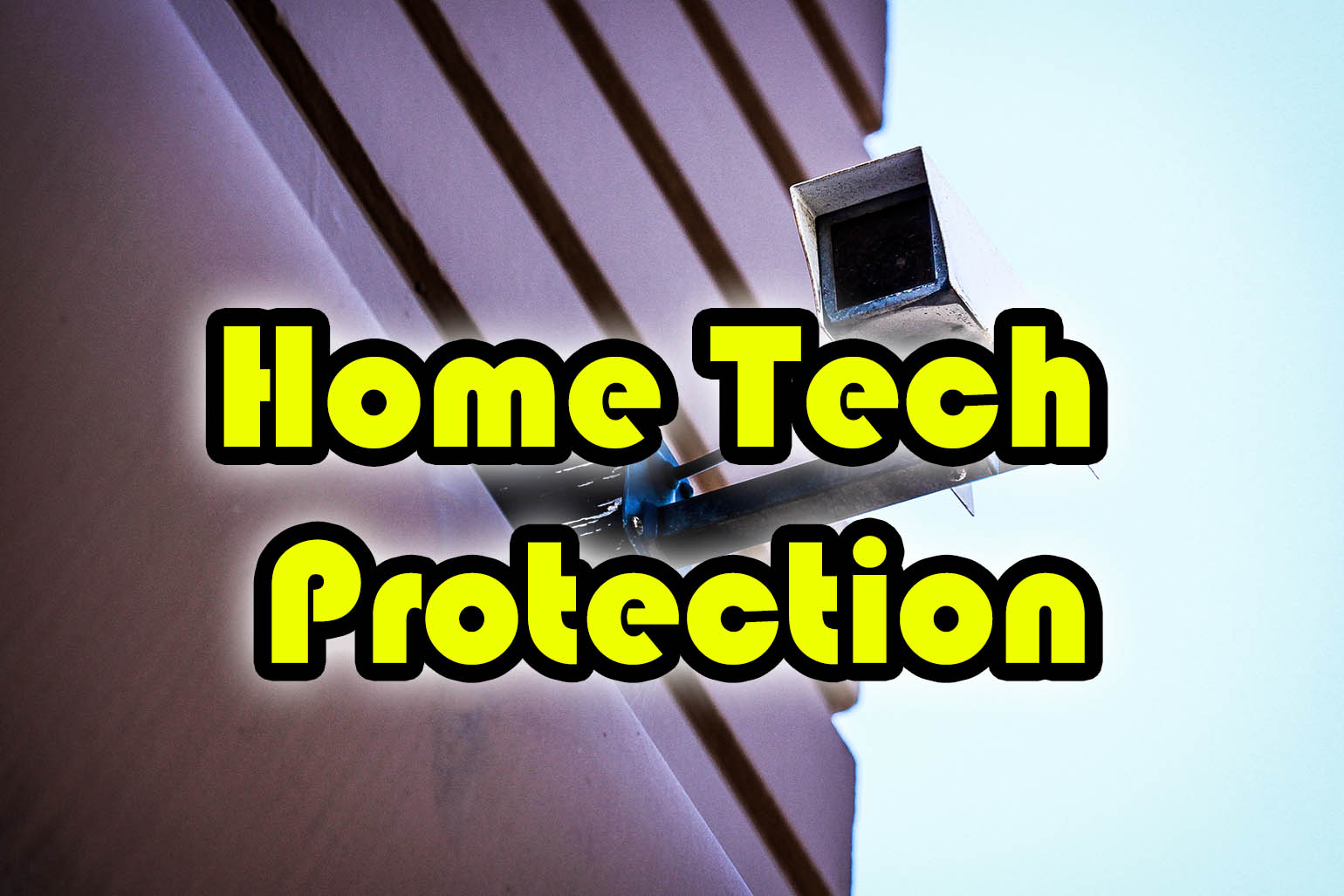As remote work becomes the common, ensuring the safety of your digital space is crucial for protecting sensitive information and maintaining a secure online environment. In this guide, we’ll explore the essential steps to fortify your home wireless network, focusing on the question “How should you secure your home wireless network for teleworking?”
Why Securing Your Home Wireless Network is Necessary
Protecting Your Digital Fortress
- In the world of teleworking, your home wireless network serves as a digital fortress. Securing it is the first line of defense against cyber threats.
Preserving Privacy and Confidentiality
- As teleworkers, we often handle sensitive information. Securing your network ensures that your confidential data remains private and out of the reach of unauthorized users.
How to Choose the Best Security Measures
Change Default Passwords
- One of the simplest yet most effective steps is changing the default password for your router and modem. Default passwords are easy targets for attackers, and a personalized password significantly strengthens your network’s defenses.
Enable Strong Encryption (WPA2/WPA3)
- Choose WPA2 or WPA3 encryption to safeguard your data. These encryption protocols provide robust protection against potential interception, and increase the security of your network.
Hide Your Network Name (SSID)
- Concealing your network name makes it more challenging for unauthorized devices to detect your network, adding an additional level of obscurity.
Enable Guest Mode
- Create a separate network for guests through guest mode, ensuring that your personal information and devices are shielded from unauthorized access.
Disable Remote Management
- Prevent unauthorized access to your router’s settings from the internet by disabling remote management, securing your network against external tampering.
Regularly Update Router Firmware
- Stay ahead of potential security vulnerabilities by installing router firmware updates. Manufacturers release these updates to patch security loopholes, enhancing the overall resilience of your network.
Utilize a Firewall
- Most routers come with a built-in firewall. Consider adding a more advanced firewall for more security if needed, and effectively block unauthorized traffic from entering your network.
Thoughtful Device Connection
- Only connect devices you trust to your network. When not sure about a device, avoid connecting it to maintain the integrity of your network. Be cautious!
Educate Your Family on Online Safety
- Educate your family about the risks of online activity and the importance of practicing safe online habits.
Implement a VPN (Virtual Private Network)
- Increase your network’s security by using a VPN. This encrypts your internet traffic, making it more challenging for attackers to intercept your data, a crucial measure when accessing sensitive information from your home network.
FAQs
How should you secure your home wireless network for teleworking Cyber Security 2023?
Change Passwords:
- Change router passwords to unique ones.
Strong Encryption (WPA3):
- Use WPA3 encryption for data safety.
Hide Network Name:
- Keep SSID hidden for added security.
Enable Guest Mode:
- Create a separate network for guests.
Update Regularly:
- Keep router firmware up-to-date.
Firewall Protection:
- Use a firewall for extra security.
Limit Device Connections:
- Connect only trusted devices.
Educate Family:
- Teach family about online safety.
VPN Usage:
- Use a VPN for encrypted traffic.
How do I password protect my Wi-Fi?
Access Router Settings:
- Log in to your router using a web browser.
Find Security Settings:
- Locate the “Security” or “Wireless” section.
Choose Encryption Type:
- Select WPA3 or WPA2 for strong protection.
Set a Unique Password:
- Create a strong, unique Wi-Fi password.
Save Changes:
- Save and apply the new settings.
Reconnect Devices:
- Reconnect devices with the new password.
Can someone see what I’m doing on my phone through Wi-Fi?
Yes, if your Wi-Fi isn’t secure or you’re using a public wifi, someone on the same network could potentially see what you’re doing on your phone. Use a strong password and avoid public networks for sensitive activities.
Conclusion
Securing your home wireless network for teleworking is not only a matter of personal safety but a fundamental necessity in our digitally interconnected world. By implementing these practical tips and staying vigilant, you can create a robust defense against potential cyber threats, ensuring a secure teleworking environment for you and your family.
Also Read: Home Protection System









